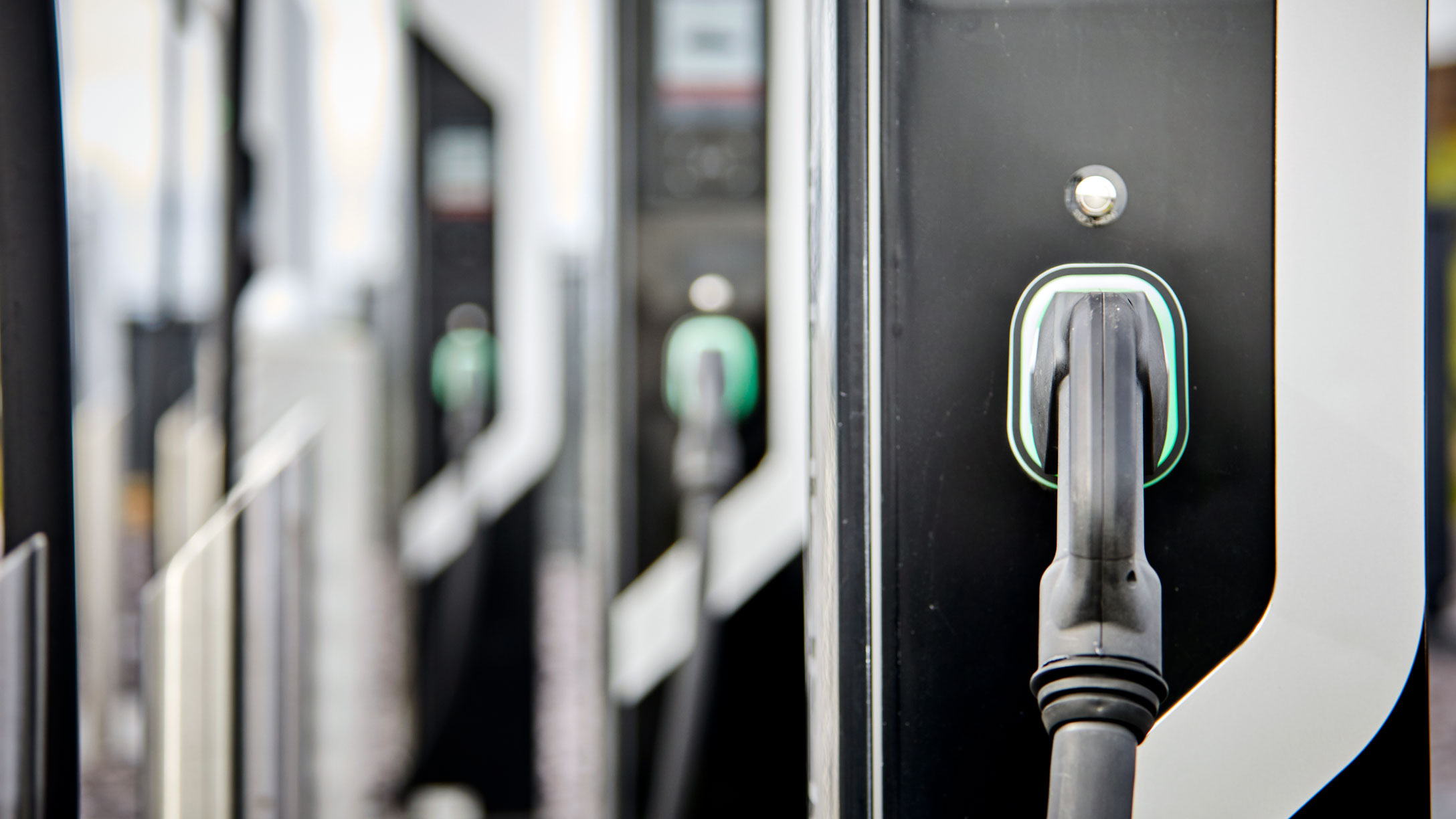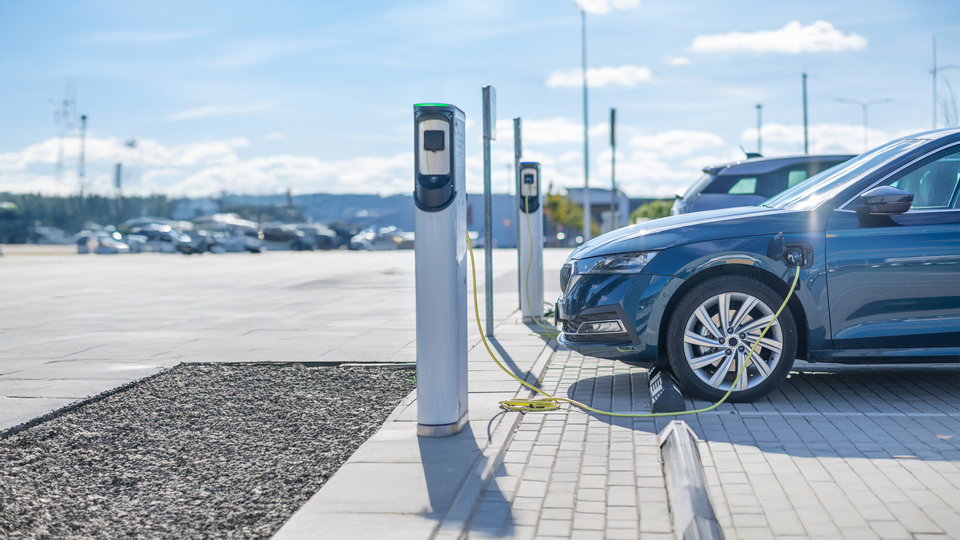Is Southeast Asia ready for the electric vehicle (EV) evolution?
As countries around the globe shift towards electrification of mobility, Southeast Asia accelerates its plans to drive EVs adoption in this growing economic region.


EVs in Southeast Asia
Southeast Asia's transportation sector has been one of the contributors to greenhouse gas emissions and reducing carbon emissions in transport will have significant implications in achieving a net-zero world. According to the ASEAN Automotive Federation, by 2025, around 20 percent of all vehicles on road in Southeast Asia will be of the electric variety.
The transition to EVs
The pathway towards the electrification of transportation depends on factors such as population density, investment funding, city infrastructure and network, government, and policy planning. As each Southeast Asian country is unique, the transition will vary significantly in the region. Based on the current opportunities and challenges in each market, the government has its own vision to drive EV adoption in the regional industry.
EV battery production
Thailand and Indonesia aim to be regional EV production hubs and build manufacturing facilities for EV batteries. Thailand, with the strongest footprint in the motor vehicle sector in the region, expects to produce 30 percent of electric vehicles by the end of this decade. Indonesia, the world’s largest producer of nickel — which is a key component in lithium batteries — aims to become an EV production and export hub in the region.
Whilst for countries like Singapore — a small country with no natural resources — they have set up a battery recycling facility, the TES B facility, which is able to extract more than 90 percent of precious metals from spent batteries for reuse in battery production.
Charging infrastructure
To accelerate the transition towards EV mobility, having adequate charging infrastructure in the city will be necessary. This requires timely intervention by the government to support the transformation of mobility and energy systems in the cities. For example, in Singapore, the government proposed laws that require all new buildings with car parks to install EV charging points in at least one percent of their total car and motorcycle parking lots to regulate EV charging in Singapore.
Alternatively, another charging station business model is also known as battery swapping especially for e-bikes. Instead of charging the batteries at a charging station, EVs can be refuelled immediately by swapping the discharged batteries with fully charged batteries. Gogoro is a Taiwanese company that has developed battery-swapping for urban electric two-wheel scooters and motorcycles. With battery swapping stations, the charging of EVs becomes a more efficient process in terms of space optimization and the number of vehicles that can be serviced.
Are we ready or not?
With population growth, economic development and emerging EV technologies, the transition to EVs is inevitable. It is the green mobility solution to tackle climate change and create a more sustainable future. However, significant collaborations and partnerships in the automotive supply and value chain, including government and policy makers, need to be in place to provide the right push and support.
For commercial vehicles or fleets, it is important to optimize your operations to get the most out of your investment as you electrify your fleets, such as understanding the type and cost of the charging infrastructure required to support the energy requirements of the vehicle. You can find out more at our Fleet Electrification Knowledge Center.
To learn more about EV fleet management solutions, please connect with us.
Subscribe to get industry tips and insights

Senior Regional Manager, APAC
Table of Contents
Subscribe to get industry tips and insights
Related posts

Creating a fleet safety culture that’s built to last: Lessons from Missouri DOT and NYC
July 7, 2025
8 minute read

Field service is losing money to bad data: Go beyond GPS with smarter telematics
June 27, 2025
3 minute read


Enhancing winter road maintenance with postseason materials usage analyses
June 20, 2025
6 minute read

Beat the Heat: Easy Ways to Maximize Your EV Range This Summer
June 19, 2025
2 minute read

Building a self-sustaining school bus driver safety program with Geotab Vitality
June 13, 2025
7 minute read